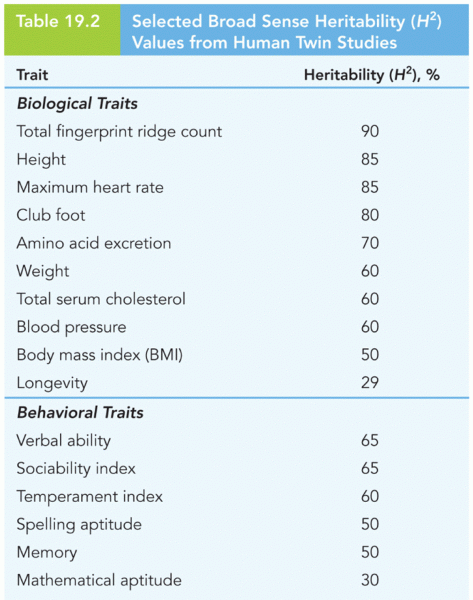Answer to Question 1
Naturally occurring lesions are often not easily localized to a discrete region of the brain, with no effects on other regions. For example, when hemorrhaging or insufficient blood flow (such as impairment due to clotting) causes lesions, the lesions also may affect other areas of the brain. Thus, many patients who show cortical damage also have suffered some damage in subcortical structures. This may confound the findings of cortical damage.
Researchers are able to study the linguistic function of patients only after the lesions have caused damage. Typically they are unable to document the linguistic function of patients before the damage.
Answer to Question 2
Autism spectrum disorder is a developmental disorder characterized by abnormalities in social behavior, language, and cognition. It is biological in its origins, and researchers have already identified some of the genes associated with it. Children with autism show abnormalities in many areas of the brain, including the frontal and parietal lobes, as well as the cerebellum, brainstem, corpus callosum, basal ganglia, amygdala, and hippocampus. About half of children with autism fail to develop functional speech. What speech they do develop tends to be characterized by echolalia, meaning they repeat, over and over again, speech they have heard. Sometimes the repetition occurs several hours after the original use of the words by someone else. People with autism also may have problems with the semantic encoding of language.







